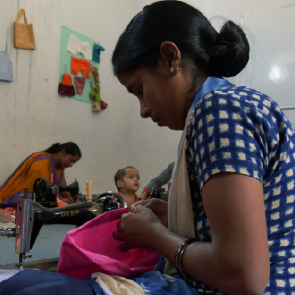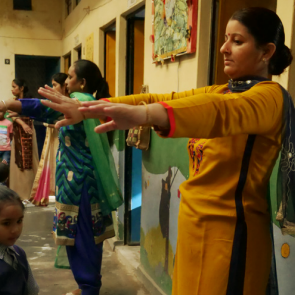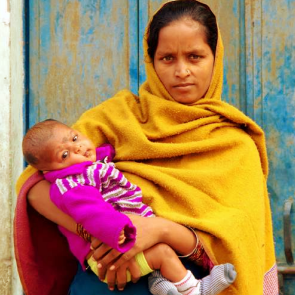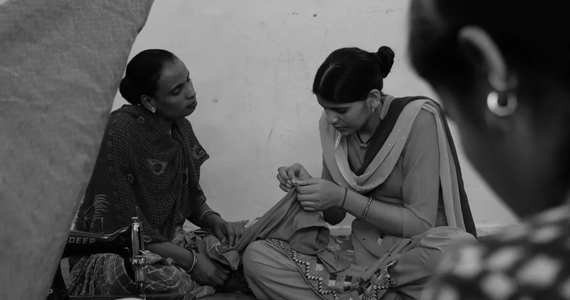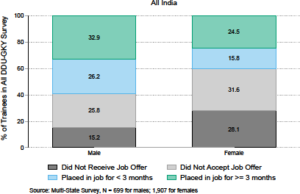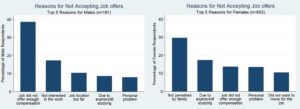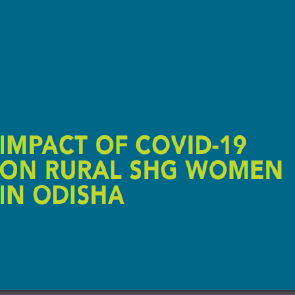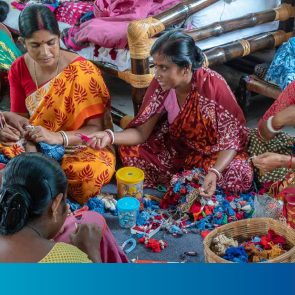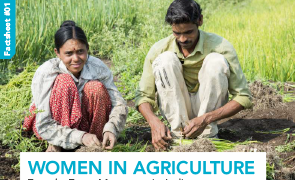Social Safety Net for Maternity Protection and Early Childhood Development in India
This paper analyses the Integrated Child Development Services (ICDS) system (its historical evolution and current form) and other policies that are intended to provide maternity support and early childhood development. In light of the learnings from the second paper, this paper attempts a gap analysis of the ICDS system – capacity and design – to reach the intended beneficiary. It highlights the fact that in an effort to provide integrated services, vertical programmes attempt to deliver their interventions using the common platform of ICDS, without accurately assessing the capacity or design of these platforms. Often the layering of additional inputs onto these platforms causes the system to overload, resulting in diminishing returns or exacerbating the negative feedback loops.
Moreover, human resources for childcare is one of the key features that influences the quality of the childcare centres. This paper includes findings from a qualitative field study on insights on human resources’ motivations and non-monetary incentives that influence their performance and productivity. This is accompanied by articulation of potential research questions and some next steps to further the agenda of early childhood development and maternity support.


